Innovation - the inevitable path to increased productivity
For more than a decade, Vietnam’s economic growth has been based mainly on the exploitation of cheap labor, natural resources and investment capital. However, this trend is showing its limits. According to CIEM data, the growth rate of labor productivity in the period 2011-2024 tends to decrease gradually, although it is still positive. Compared to other countries in the region, Vietnam’s labor productivity is still in the low group, only about 7% of Singapore, 19% of Malaysia and 36% of Thailand.
Meanwhile, innovation has been proven to be a core factor in improving productivity. Countries that invest heavily in research and development (R&D), apply new technology and encourage innovation in businesses all have significantly higher productivity growth rates. "Innovation is the process of transforming the economy from one based on labor-intensive to one based on knowledge and efficiency," Mr. Dang Duc Anh emphasized.
Although Vietnam is continuously ranked in the Top 50 countries in the Global Innovation Index (GII), the reality shows that its endogenous innovation capacity is still limited. The investment rate for R&D has only reached less than 1% of GDP, while the target is 2%. This partly explains why domestic technology research and development activities have not yet formed strong enough centers to lead businesses.
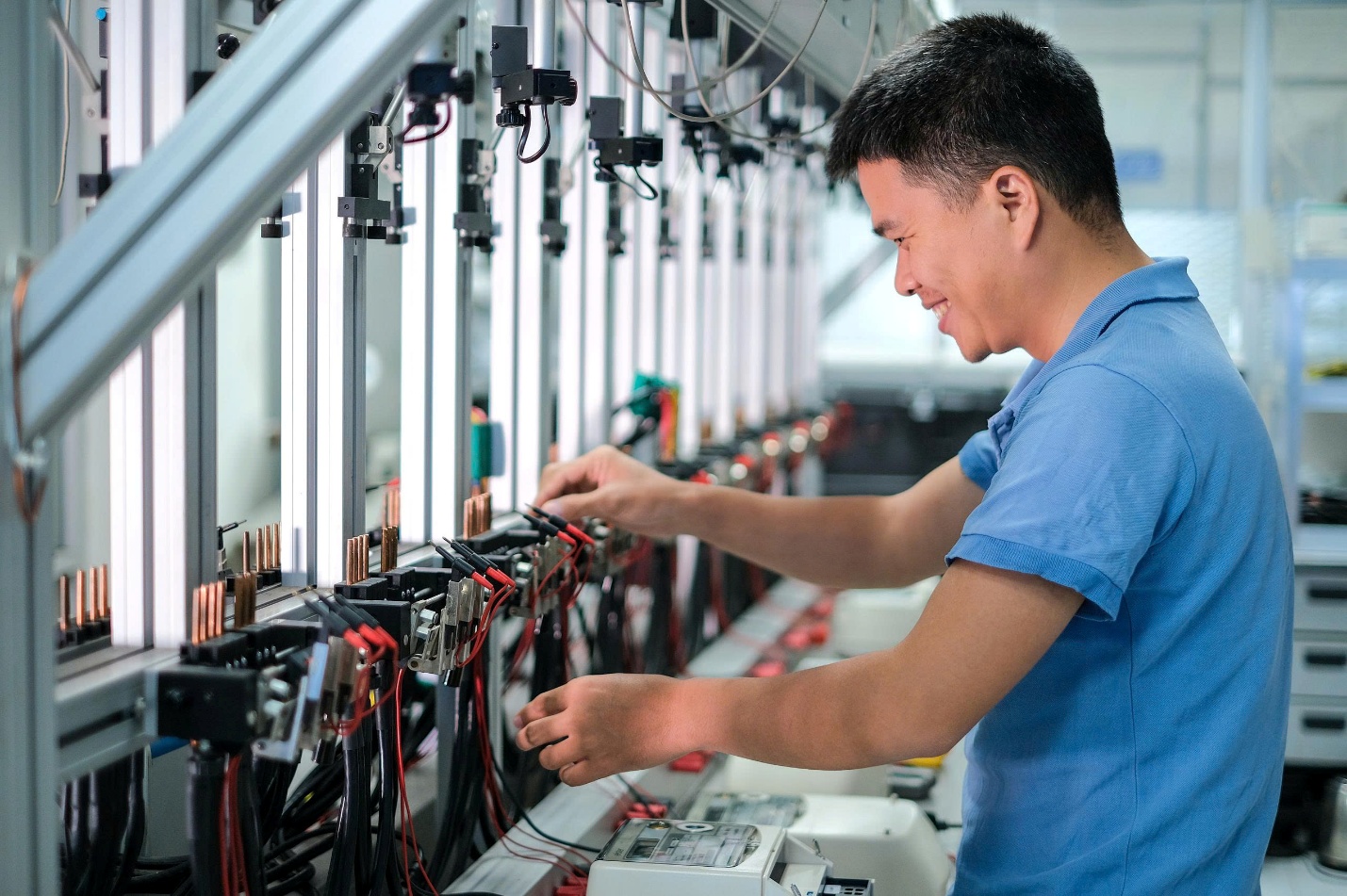
Innovation brings high performance to businesses.
Another barrier is the low level of technology of enterprises. According to the survey, more than 30% of Vietnamese enterprises still operate completely manual production lines, more than 50% use semi-automatic equipment, only 10% have automation applications and less than 10% use robots in production. "If we do not innovate technology, we will only continue to process and depend on imported technology," Mr. Dang Duc Anh emphasized.
Technology transfer linkages between domestic enterprises and the foreign direct investment (FDI) sector have not been effective. Of the 27,500 FDI projects, only about 1,000 have technology transfer contracts, of which source technology from developed countries accounts for only about 5%, the rest is mainly medium technology. The localization rate in basic industries remains low, causing the added value created domestically to be limited.
Need for strategic thinking and breakthrough policies
According to Mr. Dang Duc Anh: One of the biggest bottlenecks today is the quality of high-tech human resources. Although the rate of trained workers has increased, the actual skills of the workforce still do not meet the requirements of the Fourth Industrial Revolution. Vietnam is seriously lacking human resources in fields such as artificial intelligence (AI), big data, semiconductor technology and automation. "The gap between training and the actual needs of the market is still very large."
In addition, the legal and institutional framework for innovation is still lacking in synchronization. Regulations on intellectual property, testing new technologies (sandbox), or standardization of digital technology are still slow to be issued. Administrative procedures in some areas, especially investment licensing and land access, are still complicated, reducing business flexibility. The system for measuring and quantifying indicators related to science and technology, innovation, and digital transformation is also incomplete, making it difficult to evaluate policy effectiveness.
To unleash the flow of innovation, it is necessary to form a strategic mindset in developing foundational industries that have the ability to upgrade and spread technology such as electronics, manufacturing, new materials, and clean energy. Vietnam needs to focus resources on developing a number of strategic industries instead of spreading them out, thereby creating new "growth poles" based on science , technology, and innovation.
In addition, it is necessary to enhance the technological autonomy of domestic enterprises. The State should have preferential tax policies, financial support for R&D and innovation activities, and develop venture capital funds to share risks with high-tech enterprises. It is impossible to wait for enterprises to grow up on their own in the fierce global competition without the support of policies.
Building a strong innovation ecosystem is also an urgent requirement. Vietnam needs to develop regional innovation centers, technology incubators, and international networks to attract experts, transfer technology, and disseminate knowledge. At the same time, it is necessary to develop large enterprises in platform industries, linking industrial development with key national infrastructure, especially digital infrastructure and data platforms.
Innovation can only be successful when it is associated with improving the quality of human resources. According to Mr. Dang Duc Anh, it is necessary to promote vocational education reform, continuous training, and reskilling so that workers can quickly adapt to new technology. At the same time, it is necessary to promote the connection between "enterprises - universities - research institutes" to train close to actual needs, forming a high-quality workforce to serve the development of high-tech industry.
For the small and medium-sized enterprise (SME) sector, he suggested promoting support for digital transformation and technological innovation, helping them have easier access to digital platforms, automation solutions and production process innovation.

Innovation needs to become a concrete action of each business.
Finally, he emphasized the need for a set of indicators on science, technology, innovation and digital transformation as tools to help measure, quantify and monitor the policy implementation process in a substantive and transparent manner.
Mr. Dang Tan Duc, Director of the R&D Institute, Becamex Group, shared: The public works - private administration model helps the State place orders, enterprises provide services, optimize the quality, operational efficiency and commerciality of innovation platforms. This is a practical direction to improve productivity and promote enterprises to develop endogenous technology. Mr. Dang Tan Duc shared a practical example: Rang Dong Light Bulb and Vacuum Flask Joint Stock Company has applied green productivity solutions, used recycled materials, high-efficiency electrical equipment, reused water and built a greenhouse gas inventory report, reducing emissions of 922.5 tons of CO2/year. This is proof that innovation both improves productivity and aims for sustainable development.
According to experts, labor productivity is the measure of the efficiency and competitiveness of the economy. Without innovation, Vietnam will find it difficult to overcome the current growth limit. Lessons from successful economies such as Korea, Singapore or Israel show that only by placing innovation at the center of development policy can we create a leap in productivity and growth quality.
Innovation is not just a slogan, but must become a concrete action of each enterprise, each locality and each worker. And it is from these actions that Vietnam's labor productivity can increase, creating a solid foundation to realize the aspiration of prosperity by 2045.
Source: https://mst.gov.vn/doi-moi-sang-tao-dong-luc-then-chot-nang-cao-nang-suat-lao-dong-viet-nam-19725111422432646.htm





![[Photo] General Secretary To Lam and National Assembly Chairman Tran Thanh Man attend the 80th Anniversary of the Traditional Day of the Vietnamese Inspection Sector](https://vphoto.vietnam.vn/thumb/1200x675/vietnam/resource/IMAGE/2025/11/17/1763356362984_a2-bnd-7940-3561-jpg.webp)




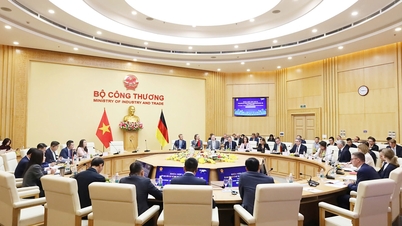












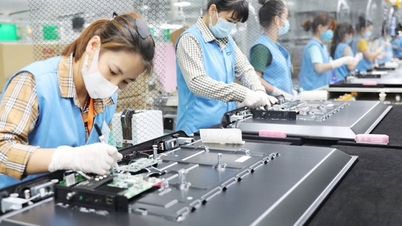





















































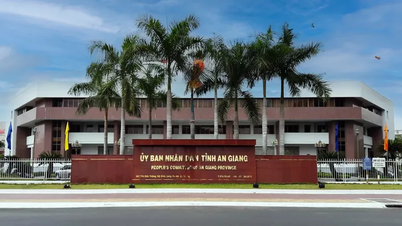


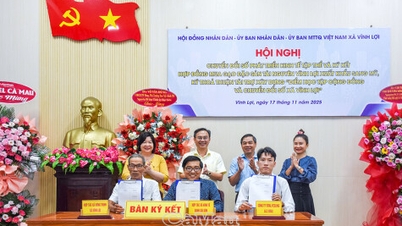
















Comment (0)